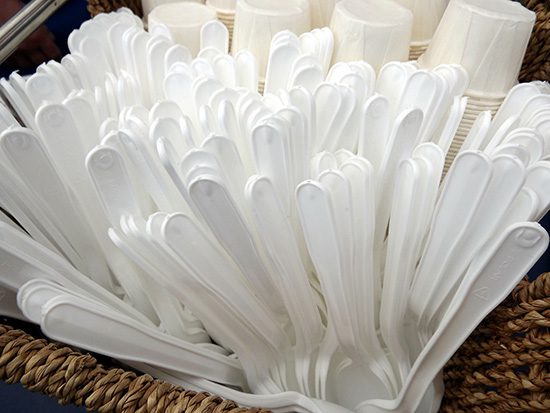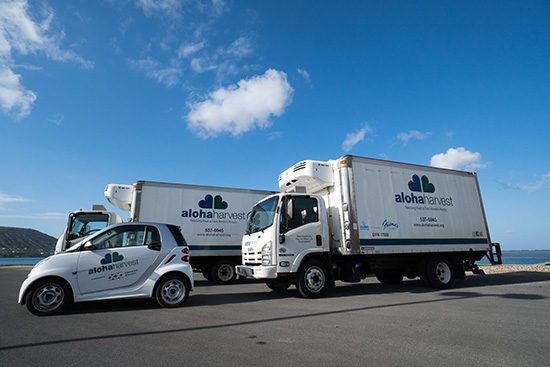
A payload named PIP was launched into suborbital flight on Aug. 12 aboard a NASA rocket. It was the culmination of a year of designing, fabricating and testing for 16 students from University of Hawaiʻi’s Community Colleges at Honolulu, Kapi‘olani, Kaua‘i and WCC.
Project Imua, named for the Hawaiian word “to move forward,” has demonstrated to the people of Hawaiʻi and the world that four community colleges working together can achieve out of this world ideas.
“It gives the students a real hands-on, real life project to work on,” said project manager and physics, astronomy and mathematics professor Joseph Ciotti. “It’s engineering–the same type of project the students would do if they were a contractor for NASA.”
Payload PIP had three devices aboard: a UV spectrometer, photosensors and an accelerometer. Students from all four community colleges were responsible for integrating the subsystem and components of PIP.
WCC and Kaua‘i campuses were in charge of the aluminum mechanical housing. WCC also built and tested the UV spectrometer and tested the photosensors and accelerometer.
“The most difficult task was communication,” said Ciotti. “We had four different groups of students, and we used Google Hangouts and other sources to communicate four different ideas together into one device.”
During the Aug. 12 launch, the payload was fitted to a Terrier Improved Malemute sounding rocket, which shot up from Wallops Flight Facility in Virginia into suborbital flight for 15 minutes before falling back to Earth. “The maximum velocity of the rocket reached Mach 5.7, just under hypersonic Mach 6,” said Ciotti. “That translates into nearly 3,800 miles per hour!”
During the suborbital flight, the payload’s UV spectrometer pointed toward the sun and measured the UV irradiance, which is the amount of sunlight that reaches the earth. Data from the experiment will allow further understanding of UV or ultraviolet light.
UV light is extremely dangerous. Studies have shown it is a leading cause of skin cancer and that people with fair skin are at extra high risk. The UV extreme variance from solar sunspots may also have significant impact on the earth’s upper atmosphere.
Project Imua is funded through a $500,000 grant from NASA to Hawaiʻi Space Grant Consortium. The grant provides the opportunity for the 16 students to help build two payloads for two separate launches.
With the success of the PIP payload launch, Project Imua now enters its second phase, which is to build new devices for another payload launch in 2016. WCC will build a novel (small) rocket motor with a fuel source other than typical rocket fuel. Once reaching suborbital flight, the novel rocket will detach from the larger rocket and be shot farther into space.
To watch the Aug. 12 rocket launch into suborbital flight, go to the WCC homepage and find the link, or type in http://aerospace.wcc.hawaii.edu/project_imua/pip_launch.html.
by Zachary Rupp-Smith, Ka ‘Ohana Staff Reporter





